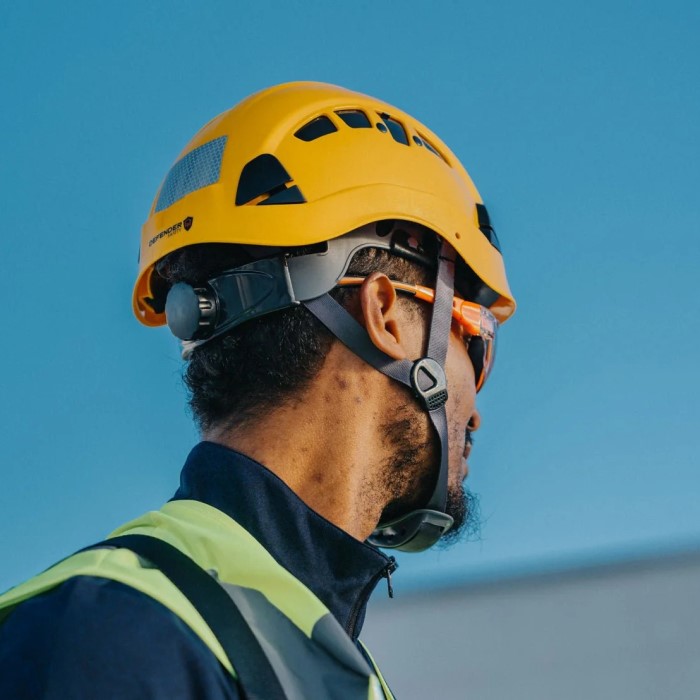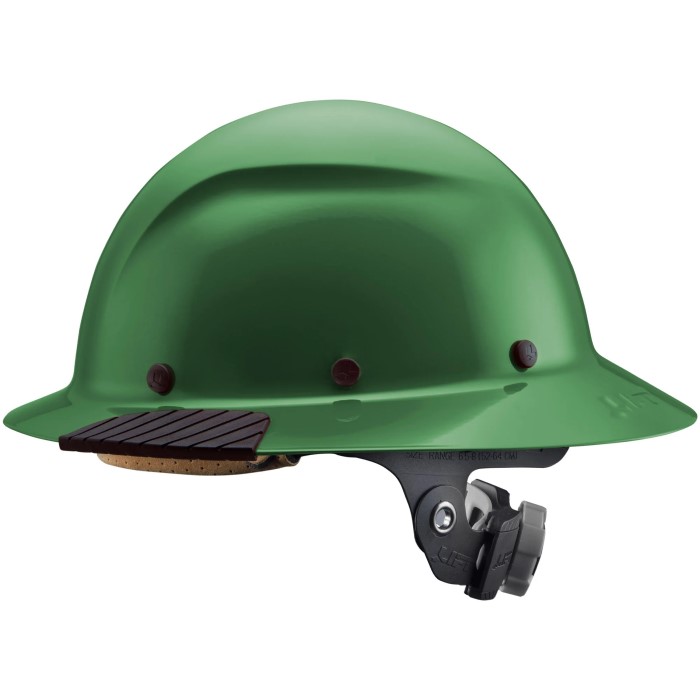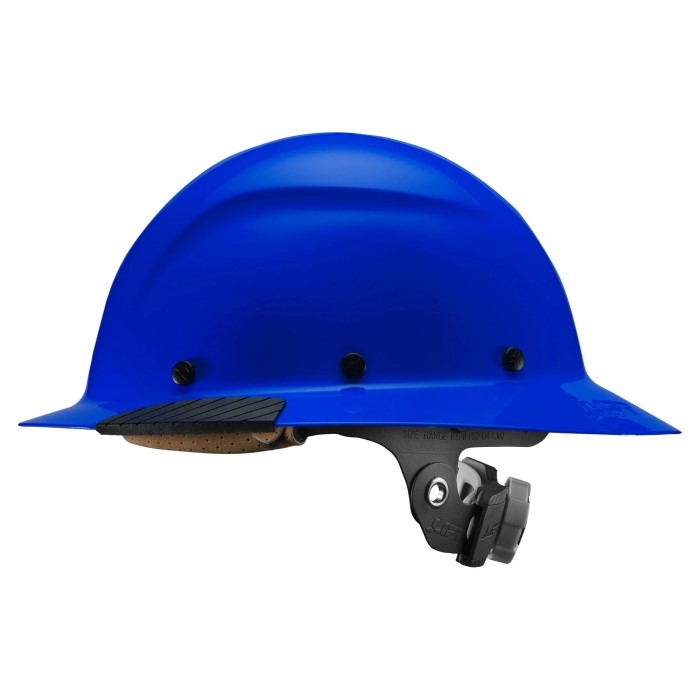Introduction: Understanding Hard Hat Lifespan
Hard hats are among the most critical pieces of safety equipment in high-risk work environments, such as construction sites, factories, and industrial plants. Designed to protect workers from injuries caused by falling objects, bumps, and electrical hazards, hard hats play a pivotal role in ensuring workplace safety. However, their effectiveness is contingent on understanding how long they last and when they need to be replaced. The question of how long do hardhats last is important for both employees and employers. Recognizing the factors that influence hard hat longevity will help maintain safety standards and prevent accidents on the job. This article will delve into the lifespan of hard hats, the effects of wear and tear, maintenance tips, and the safety regulations that govern hard hat usage.

The Average Lifespan of Hard Hats
- Manufacturer Recommendations: How long do hardhats last? According to most manufacturers, the average lifespan of a hard hat typically ranges from two to five years. This estimate is influenced by a variety of factors, including the materials used and the specific conditions in which the hard hat is worn.
- Material Composition: Different hard hats are made from various materials. Such as high-density polyethylene (HDPE), fiberglass, and polycarbonate. For example, HDPE hard hats may last around five years, while fiberglass options might have a longer lifespan due to their durability. Understanding the material composition is crucial for evaluating how long your hard hat will last.
- Environmental Factors: Hard hats are often exposed to harsh conditions. Including extreme temperatures, UV radiation, and chemicals. These factors can significantly affect a hard hat’s structural integrity over time. For instance, regular exposure to sunlight can accelerate degradation. Leading to cracks or brittleness that compromise the hard hat’s safety features.
- Usage and Wear: The frequency of use is another critical factor. A hard hat that is worn daily on a bustling construction site may see more wear and tear than one used occasionally. Frequent impacts, scratches, or exposure to hazardous substances can shorten its lifespan.
Signs That Your Hard Hat Needs Replacement
- Visible Damage: Regular inspections of hard hats are vital. If you notice visible signs of damage, such as cracks, deep scratches, or dents in the outer shell.
- Degradation of Inner Lining: The inner foam lining and suspension system play crucial roles in both fit and protection. If the foam shows signs of wear, such as compression or loss of shape, it can lead to improper fit and comfort. This significantly reduces the protection level during impacts.
- Expiration Markings: Some hard hats come equipped with expiration dates either on the label or within the product documentation. It’s important to be aware of these dates and adhere to them. As they serve as a guideline for when a hard hat should replace even if it appears undamaged.
- Chemical Exposure: If your hard hat has been exposed to chemicals, such as solvents, paints, or cleaning agents, its lifespan may be reduced. Chemical exposure can cause the material to break down, leading to reduced efficacy.
- Changes in Color or Texture: Over time, a hard hat may exhibit color fading, chalkiness, or brittleness, especially if subjected to prolonged UV exposure.
Maintenance Tips to Extend Hard Hat Lifespan
- Regular Cleaning: How long do hardhats last? Keeping your hard hat clean is an important factor in prolonging its lifespan. Use mild soap and warm water to clean the exterior. Avoid using harsh chemicals, as they can degrade the hard hat’s materials. After cleaning, be sure to air dry your hard hat completely.
- Proper Storage: When not in use, hard hats should be stored in a cool, dry place away from direct sunlight and extreme temperatures. Avoid placing heavy objects on top of them, as this can cause deformation.
- Routine Inspections: Conduct regular inspections to check for signs of wear and damage. Create a tracking system for inspection dates and hard hat condition assessments.
- Avoid Personal Modifications: While it can be tempting to personalize or decorate your hard hat with stickers or paint. It is important to ensure that such modifications don’t interfere with the hard hat’s material properties or overall safety features.
- Use Compatible Accessories: If you’re using accessories like face shields, ensure they’re compatible with your hard hat. Accessories should not interfere with the hard hat’s structure or the effectiveness of its protection.
The Role of OSHA in Hard Hat Standards
OSHA Guidelines
- Role of OSHA: The Occupational Safety and Health Administration (OSHA) is a regulatory agency responsible for ensuring safe and healthful working conditions for employees. This includes providing clear regulations on the use and maintenance of safety equipment, such as hard hats, in various workplace environments.
- Importance of Compliance: Understanding OSHA’s guidelines is critical for both employers and employees. Compliance with these regulations not only helps prevent workplace injuries but also minimizes the risk of legal consequences for organizations. Adhering to OSHA standards ensures preparedness against potential hazards and promotes a culture of safety.
- Regulatory Compliance Checks: OSHA conducts inspections regularly to ensure that companies comply with their safety standards. Non-compliance can result in fines and increased scrutiny, emphasizing the importance of adhering to these guidelines.
- Clarifying Responsibilities: OSHA guidelines outline the responsibilities of both employers and employees regarding hard hats. Employers must ensure that hard hats are readily available, properly maintained, and used correctly. Employees are expected to wear hard hats as required and report any concerns regarding their condition.
Lifespan Recommendations
- Manufacturer Guidelines: While OSHA does not explicitly regulate the exact lifespan of hard hats, they stress the importance of following manufacturer recommendations. Each hard hat comes with guidelines that specify its expected durability under normal usage conditions.
- Importance of Inspection: OSHA emphasizes the need for regular inspections. Routine checks allow workers to identify any visible signs of wear and tear, ensuring that hard hats remain safe and effective over time.
- Variability in Lifespan: The lifespan of hard hats can vary based on several factors, including materials used, frequency of use, exposure to harsh environmental conditions, and potential impact or damage. Therefore, understanding specific usage contexts is critical for determining appropriate replacement timelines.
Training for Workers
- Training Requirements: OSHA mandates that employers provide comprehensive training to employees regarding the proper use and care of hard hats. This training is essential for ensuring that workers understand how to use this critical piece of safety equipment effectively.
- Key Training Components: The training programs should cover various aspects, including the proper fit of hard hats, how to inspect them for damage. And the significance of adhering to replacement guidelines. Workers should also learn about potential hazards and why hard hats are crucial for protection.
- Lifespan Awareness: A key focus of training should be educating employees about the lifespan of hard hats. Understanding how long hard hats typically last and recognizing the signs of wear can empower workers to take responsibility for their safety gear.
- Simulated Scenarios: Incorporating practical examples and simulated scenarios into training can enhance understanding. By allowing workers to practice inspecting hard hats or responding to different situations, they will become more confident in their safety practices.
Record Keeping and Compliance
- Importance of Record Keeping: Maintaining records of hard hat inspections, maintenance activities, and replacement dates is crucial for compliance with OSHA regulations. These records serve as documentation of workplace safety efforts and can help detect trends in equipment wear and tear.
- Enhancing Accountability: By keeping thorough records, employers can enhance accountability within their teams. This data allows management to track inspection schedules, set reminders for replacements, and ensure that safety protocols consistently follow.
- Promoting Safety Culture: Consistent record-keeping practices support and promote a culture of safety in the workplace.
- Facilitating Compliance Checks: During OSHA inspections or safety audits, having clear and organized records will facilitate compliance checks and demonstrate the organization’s commitment to maintaining high safety standards.
FAQ Section
How do you tell if your hard hat is expired?
To determine if your hard hat has expired, check for any expiration dates marked on it or refer to the manufacturer’s guidelines. Additionally, if the hard hat exhibits visible damage or wear, it may warrant replacement regardless of its age.
How long is a hard hat good for per OSHA?
OSHA does not set a specific lifespan for hard hats. However, most manufacturers recommend replacing hard hats every two to five years, depending on the material and usage conditions.
Do hard hats run out of date?
Yes, hard hats can become outdated if they show visible signs of damage, if they have significant wear on the inner lining, or if their internal components degrade. Regular inspections and adherence to manufacturers’ recommendations are key to maintaining optimal safety.
Conclusion: Ensuring Safe Practices with Hard Hats
In conclusion, understanding how long do hardhats last is crucial for ensuring safety in environments where head protection is mandatory. Proactive maintenance, regular inspections, and compliance with safety standards and recommendations are essential to making informed decisions regarding hard hat usage.
Recognizing the signs that indicate when to replace hard hats, as well as employing best practices for care, will significantly enhance individual safety. Investing in quality hard hats and prioritizing their effective use lead to safer workplaces and fewer accidents. Ultimately, by emphasizing the importance of hard hat lifespan and maintenance, both workers and employers can foster a culture of safety that protects everyone on the job site. Always remember: safety begins with responsibility!





